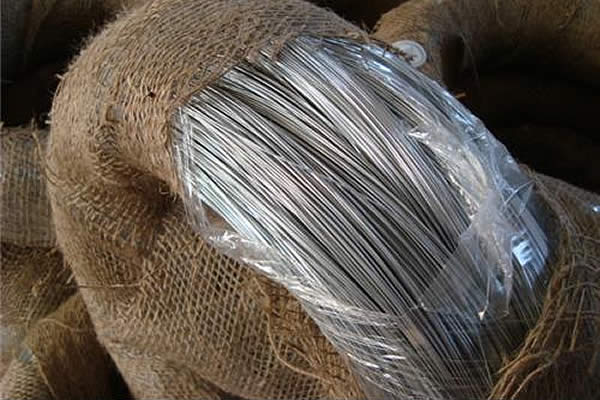 TEL:
+86-13102802206
TEL:
+86-13102802206
 Email:
fencenetting@china.com
Email:
fencenetting@china.com
 Language
Language
 TEL:
+86-13102802206
TEL:
+86-13102802206
 Email:
fencenetting@china.com
Email:
fencenetting@china.com
 Language
Language


The Importance of Stainless Steel Wire Feed Welding
Stainless steel wire feed welding is an essential technique in modern manufacturing and construction, especially where corrosion resistance and aesthetic appeal are paramount. As industries continuously evolve, the necessity for reliable, efficient, and strong welding methods grows. This article delves into stainless steel wire feed welding, its benefits, techniques, and applications.
Understanding Stainless Steel Wire Feed Welding
Stainless steel wire feed welding predominantly involves the use of a welding machine that utilizes a continuous wire feed mechanism to deliver welding wire to the welding arc. This process can be conducted using various welding techniques such as MIG (Metal Inert Gas) welding or FCAW (Flux-Cored Arc Welding). The wire used is typically made of stainless steel, which is known for its high corrosion resistance, high-temperature strength, and excellent durability.
Benefits of Stainless Steel Wire Feed Welding
1. Speed and Efficiency One of the most notable advantages of wire feed welding is its speed. The continuous feed of wire allows for faster welding compared to other methods, making it ideal for high-production environments. This efficiency reduces labor costs and increases throughput, essential in competitive industries.
2. Versatility Stainless steel wire feed welding can be employed across various industries, including automotive, shipbuilding, construction, and food processing. Its adaptability to different thicknesses and types of stainless steel makes it a versatile option for manufacturers facing diverse welding challenges.
3. Quality and Consistency The automated nature of wire feed welding often results in superior weld quality. The continual feed of wire ensures consistent welds, reducing the likelihood of defects. This uniformity is particularly crucial in industries requiring high precision and reliability, such as aerospace and medical device manufacturing.
4. Reduced Heat Input Compared to other welding techniques, wire feed welding typically requires less heat input. This attribute is particularly advantageous when working with thin or heat-sensitive materials, reducing the risk of warping or compromising the metal's structural integrity.
5. Lower Smoke and Fume Production Modern wire feed welding systems are designed to produce less smoke and fume compared to traditional welding processes. This reduction benefits the health and safety of workers and minimizes environmental impact, aligning with increasingly stringent regulations on emissions.

Techniques and Equipment
To achieve optimal results in stainless steel wire feed welding, appropriate equipment and technique are crucial. MIG welding is particularly popular due to its ease of use and effectiveness. It can use solid or tubular wires, with shielding gases often used to protect the weld area from contamination.
FCAW, on the other hand, employs flux-cored wires, which generate shielding gas during the welding process. This technique might be preferred in outdoor applications where wind can affect the shielding gas's efficacy.
To ensure successful stainless steel welding, it's important to select the right filler material based on the specific type of stainless steel being welded. This selection impacts the corrosion resistance and final strength of the weld.
Applications
Stainless steel wire feed welding is extensively used in various applications, including
- Construction For structural and architectural applications requiring strong, durable materials. - Food and Beverage Industry Where hygiene and corrosion resistance are critical, such as stainless steel vessels and piping. - Automotive Industry In components where weight and strength are key performance factors. - Marine Industry For shipbuilding and repair, where resistance to saltwater corrosion is essential.
Conclusion
Stainless steel wire feed welding stands as a vital process in today’s manufacturing landscape. As industries demand more efficient, versatile, and high-quality welding techniques, the importance of this method cannot be overstated. With its ability to provide strong, durable, and aesthetically pleasing results, stainless steel wire feed welding is poised to remain a cornerstone of modern fabrication processes for years to come. As technology advances, continuous improvements in wire feed welding techniques will further enhance its efficiency and applications, benefiting a wide array of industries.